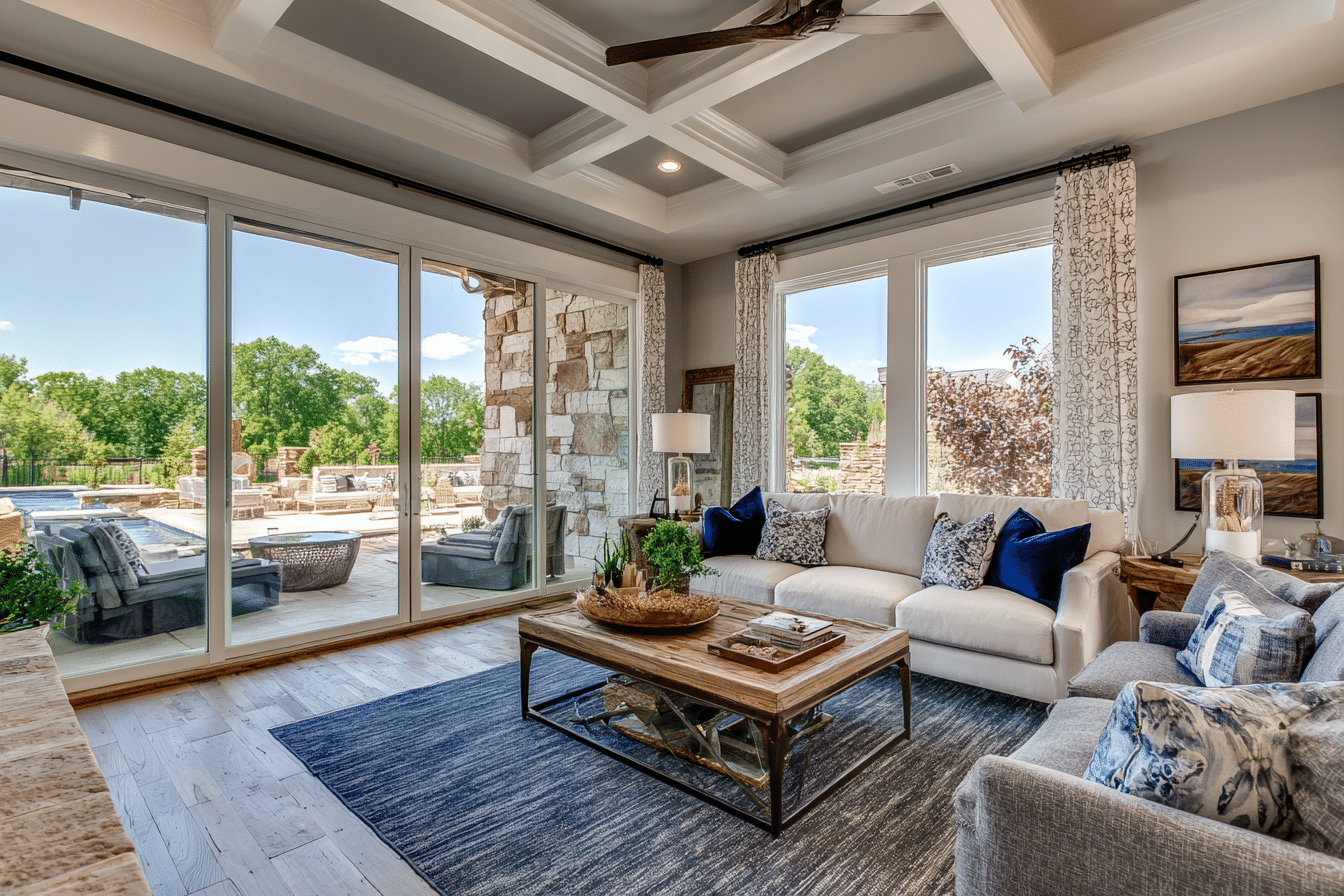
What’s In & What’s Out for Home Design in 2026
Back in 2020 and 2021, our homes had to work overtime. Dining rooms turned into Zoom zones, spare bedrooms became classrooms, and backyards suddenly felt like the only place to breathe. We saw homeowners making big, fast changes to stay comfortable and sane.
Fast-forward to the end of 2025, and the mindset looks very different. Instead of scrambling to make homes do more, people are focusing on making their spaces feel intentional, calming, and better suited for long-term living. Buyers are paying closer attention to flow, natural light, energy use, and how a home actually feels day to day — not just how trendy it looks online.
To help you stay ahead of the curve, here’s a look at what’s gaining traction and what’s fading as we move into 2026, based on current buyer preferences and recent Realtor.com design data.
What’s IN for 2026
1. Bringing the Outdoors In 🌿
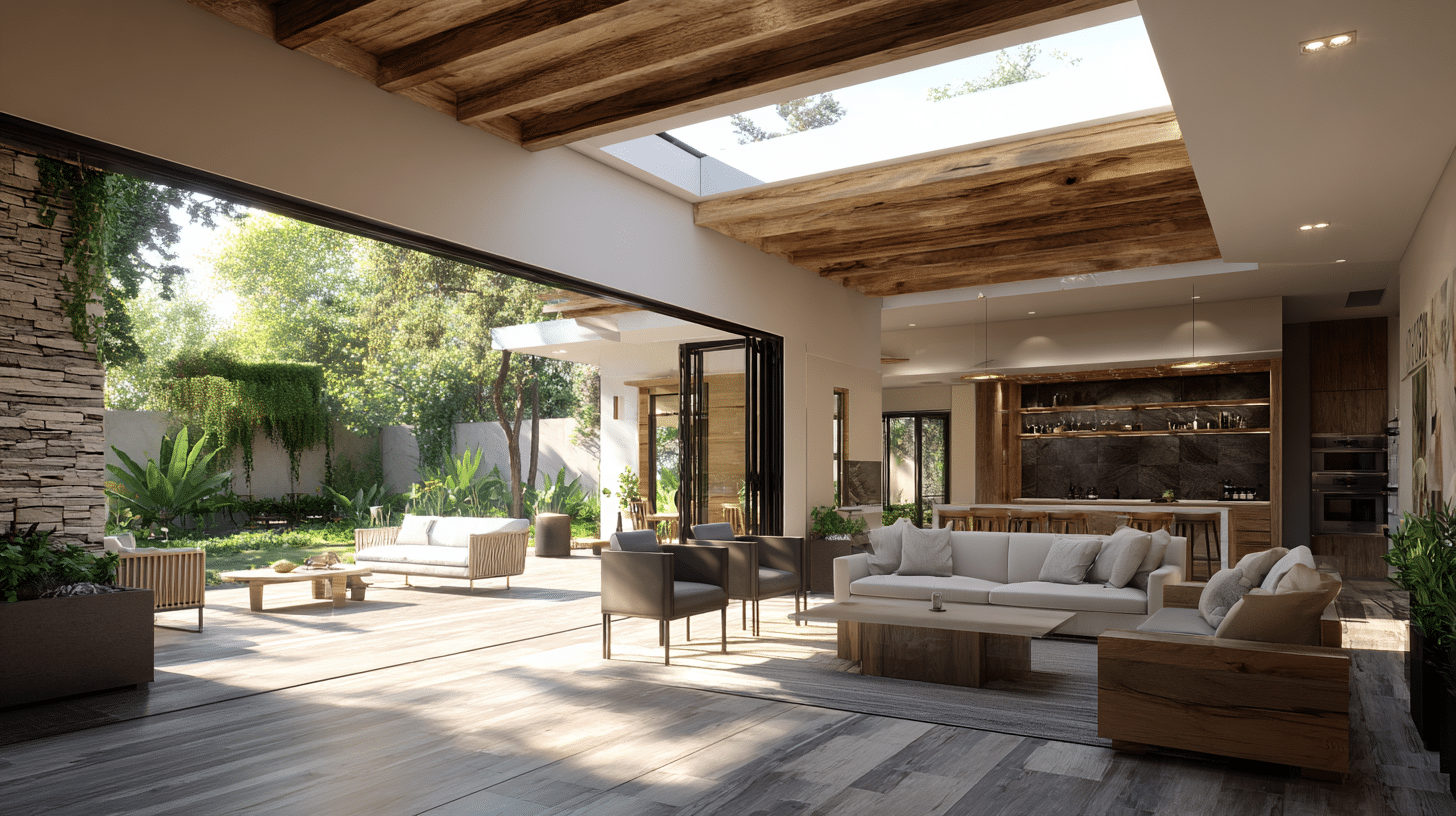
Buyers are craving a stronger connection to nature. Think big sliding doors, skylights, natural textures, indoor greenery, and layouts that make outdoor living feel like an extension of the home. Spaces that feel serene and airy are topping wish lists.
2. Energy Efficiency Is the New Must-Have
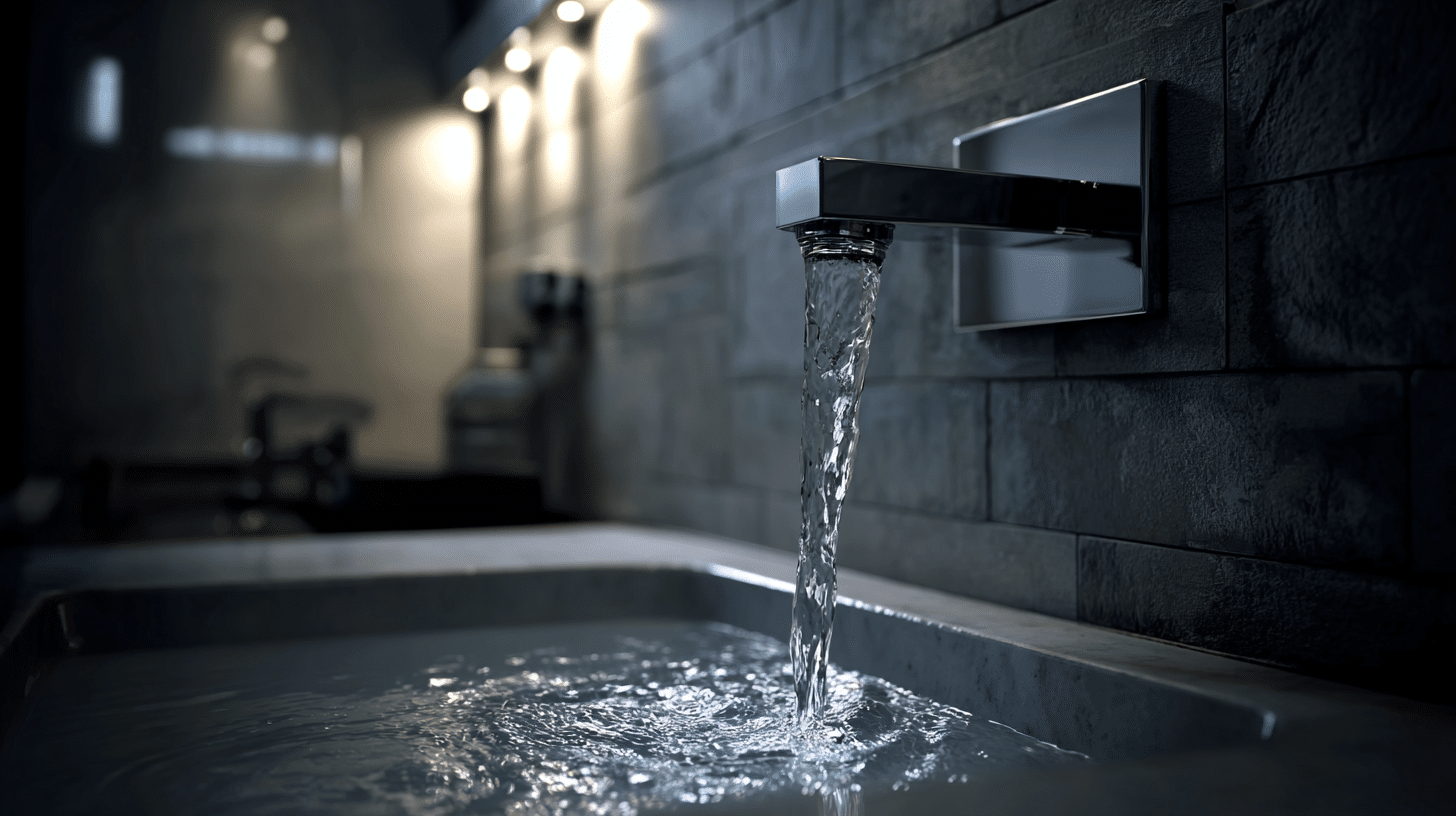
Eco-friendly upgrades aren’t “bonus features” anymore — they’re expected. Popular choices include:
- Water-saving fixtures
- Homes wired for EV charging
- Solar panels with battery backup
- Better insulation and high-efficiency windows
Lower bills + lower environmental impact = universal appeal.
3. Thoughtful Smart Home Technology
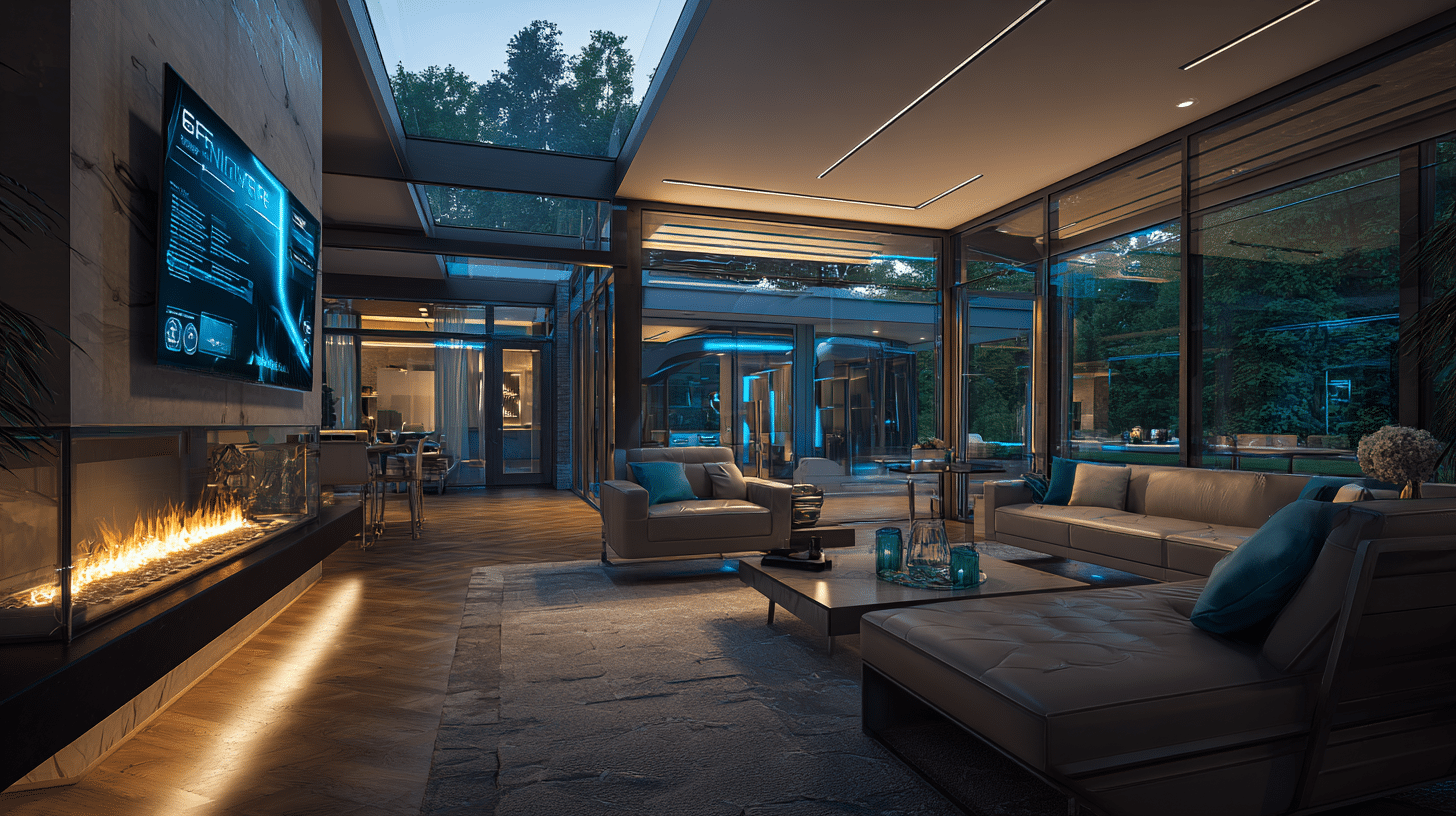
It’s less about flashy gadgets and more about everyday convenience. Automated lighting, solid wired internet connections, whole-home WiFi, and integrated security systems are becoming standard — especially with hybrid work still so common.
4. Wellness-Driven Spaces
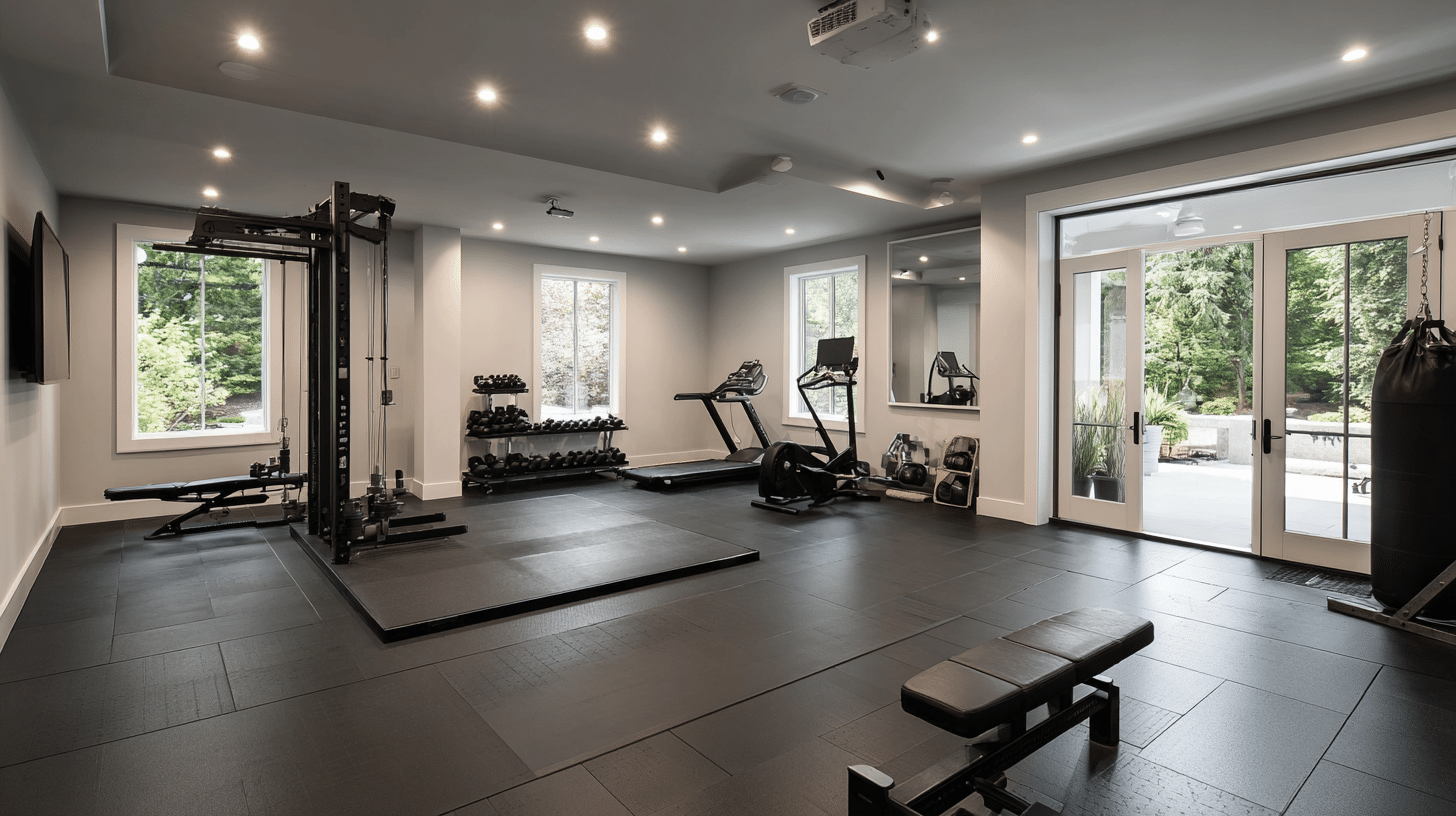
People want homes that support their mental and physical health. That means:
- Home gyms
- Cold plunges
- Spa-style bathrooms
- Peaceful outdoor lounging areas
Wellness is no longer a luxury — it’s a lifestyle.
5. Warm, Modern Styling
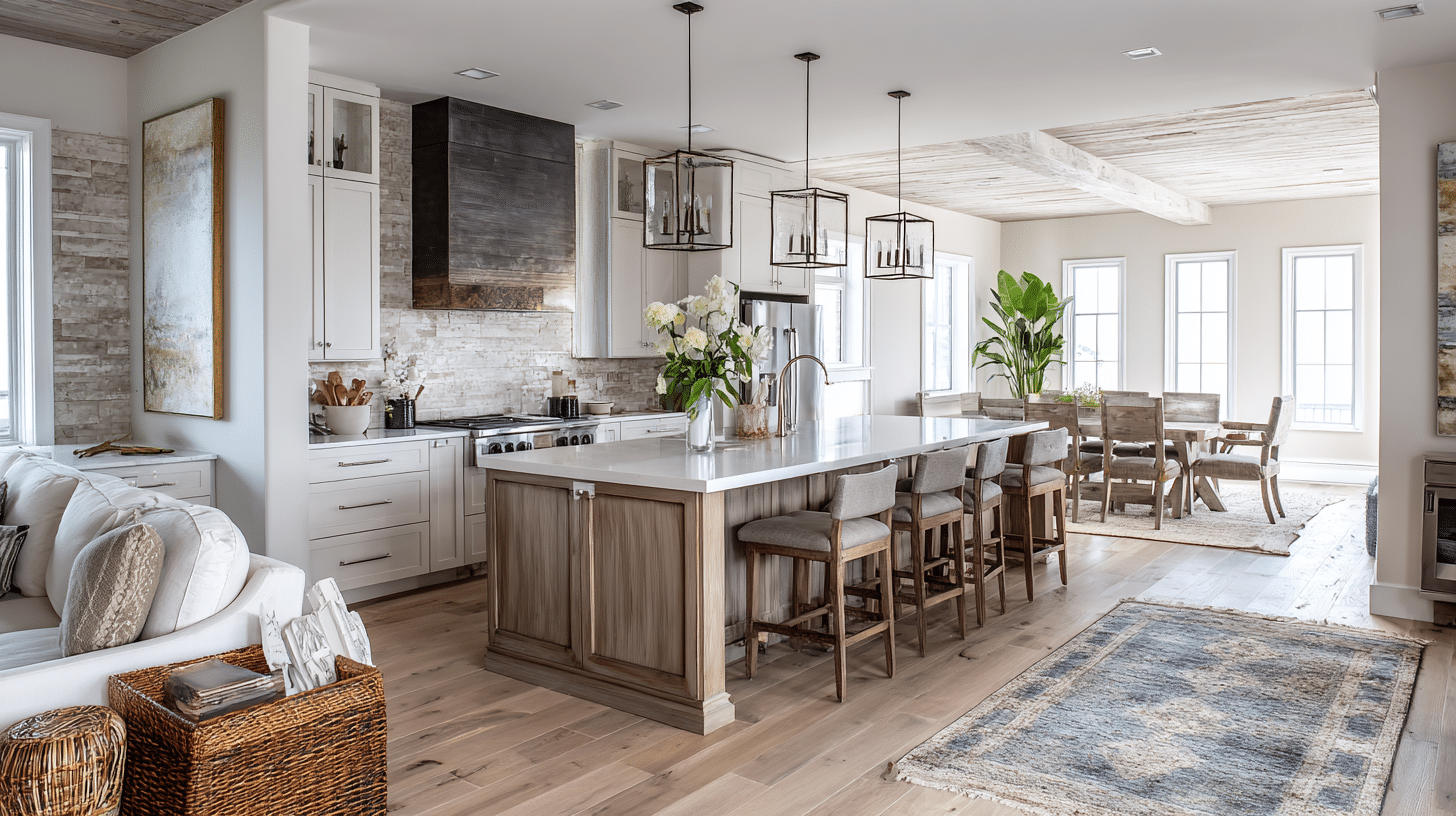
The design sweet spot right now is clean and modern, but still cozy. Think earthy materials, coastal-inspired palettes, mixed textures, two-tone cabinets, and organic finishes like limewash or aged metals. It’s stylish without trying too hard.
What’s OUT for 2026
1. Stuffy, Formal Rooms
Traditional dining rooms with heavy built-ins are becoming less desirable. Buyers want flexible, open spaces that feel casual and social.
2. Oversized Features That Don’t Get Used
Homes with huge garages or lots of small, divided rooms are falling out of favor. Efficiency and flow are winning over size for size’s sake.
3. Overly Ornate Interiors
Elaborate European-style décor and heavy detailing are being replaced with simpler, more natural looks.
4. Ultra-Specific Luxury Add-Ons
Things like wine vaults or infinity pools still have wow-factor, but they’re no longer “must-haves.” Many buyers see them as expensive to maintain and too narrowly tailored.
What This Means for Homeowners
If you’re thinking about updating your home, you don’t need to chase every new trend. Instead, focus on improvements that boost both comfort and functionality.
Smart upgrades to consider:
- Improving lighting and swapping outdated fixtures
- Creating multipurpose office-friendly spaces
- Enhancing outdoor living areas
- Adding energy-efficient systems or appliances
Upgrades to think twice about:
- Highly specialized or rarely used luxury features
- Formal design choices that limit flexibility
- Trendy finishes that may date quickly
The Takeaway
As we head into 2026, home design is all about intentional living — spaces that feel warm, natural, efficient, and aligned with everyday life. Buyers want homes that look great, but more importantly, live well.
If you’re thinking about updating before selling, or just want advice on which improvements make the most sense in your neighborhood, a quick conversation with a local real estate expert can help you make smart, value-adding decisions.
Luxury Specialist at McGraw Realtors
With a diverse background, including a career as an Air Force fighter pilot and entrepreneurship, Bill transitioned to real estate in 1995. Co-founding Paradigm Realty with his wife, Charlene, he quickly rose to prominence in Oklahoma City’s luxury real estate scene. Now, as one of the top agents with annual sales surpassing $20 million, Bill’s dedication to exceptional service remains unparalleled. With a legacy spanning over two decades in the industry, Bill’s expertise and commitment make him a trusted name in luxury real estate.